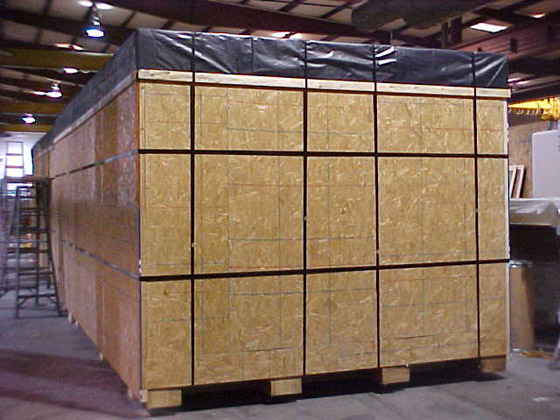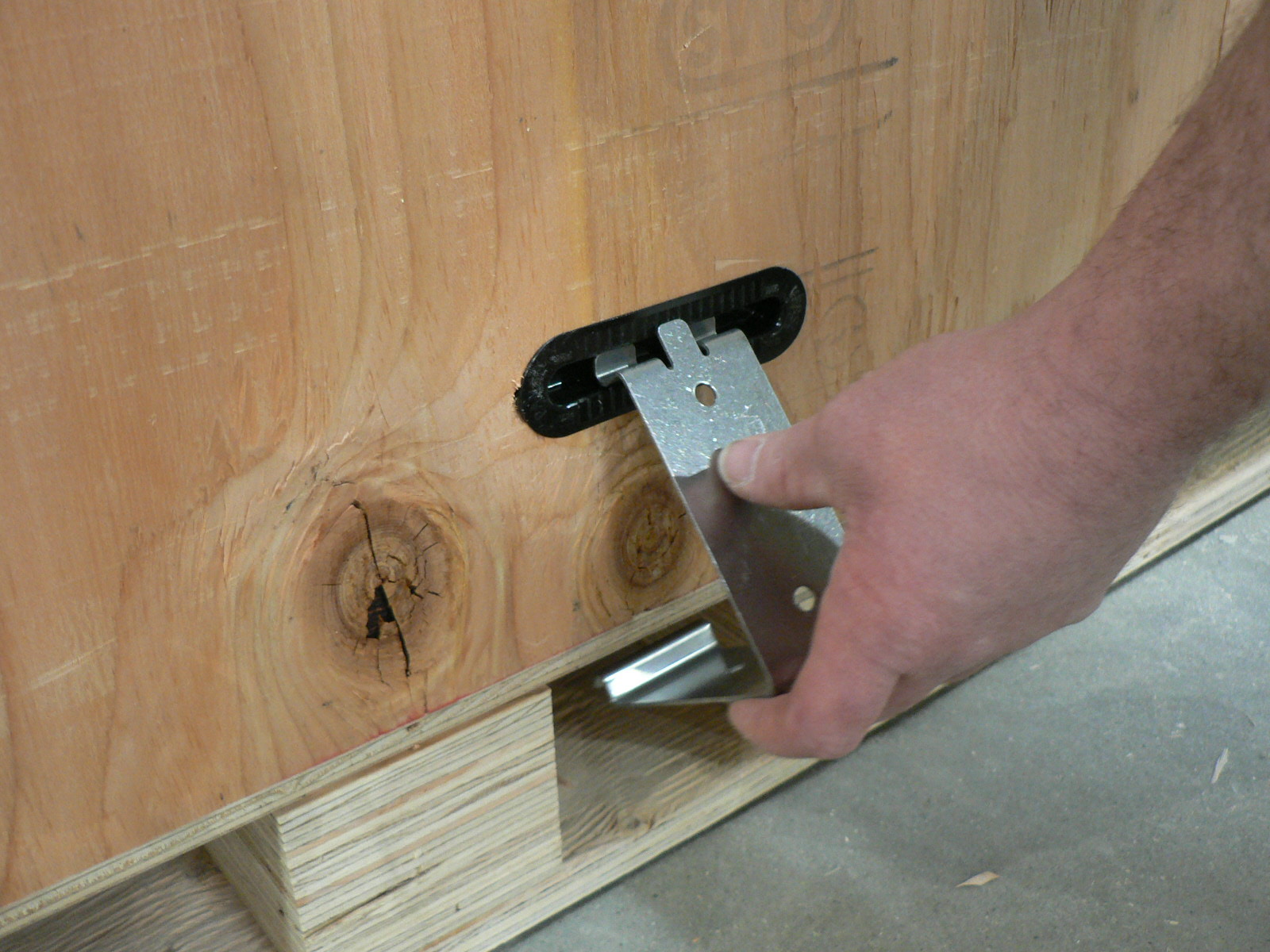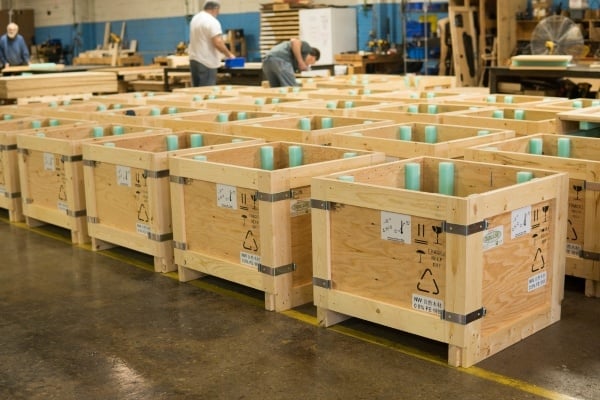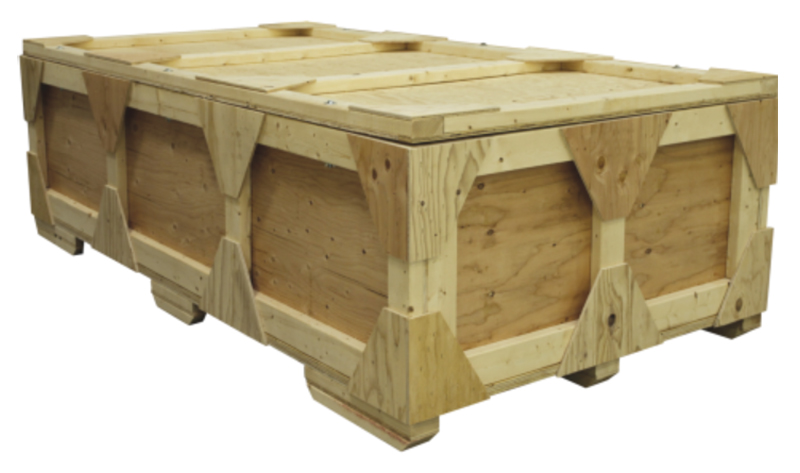Shipping Crates: A Comprehensive Guide for Beginners
Ever wondered how products reach your doorstep? (Shipping crates are the unsung heroes!) Let's dive deep into the world of shipping crates, from basic uses to expert tips!
Understanding Shipping Crates

Source: cdcpack.com
What are Shipping Crates?
Shipping crates are boxes used to transport goods safely. They protect products from damage.
Different Types of Shipping Crates
- Cardboard boxes (easy to assemble, cost-effective)
- Wooden crates (sturdy, durable, good for heavy items)
- Plastic crates (waterproof, reusable)
Which type to choose depends on your needs.
Choosing the Right Shipping Crate

Source: snapcrates.com
Size Matters!
- Measure the dimensions of your goods accurately.
- Leave space for padding, avoid squeezing.
- Proper sizing is vital, saves you and carrier trouble.
Material Considerations
- What's your budget? (Consider this!).
- What's the weight and type of product you need to transport? (Heavy objects need heavy duty packaging!).
- Will the product get wet? (Waterproof crates, the smarter choice!)
How to Choose the Right Crate Size
-
Measure your goods (length, width, and height). Add a few extra inches (just to be safe)
-
Choose a crate bigger than your items but not too much bigger!
-
Avoid using too small a box, your goods will be crushed, making damage common, causing disappointment. (No one likes a crushed product!)
-
Check the carrier's specifications! Shipping companies have their own restrictions.
Packing for a Smooth Journey
Padding is Key

Source: ufppackaging.com
-
Use bubble wrap, packing peanuts, or crumpled paper to fill empty space. (Don't leave gaps for your product to bang around)
-
Protecting the items, not just the shape, matters.

Source: bigcommerce.com
Secure the Crate
-
Use packing tape (high quality) for reinforcement, add extra at the top and sides! (Think double the tape!)
-
Tape everything strongly!
-
Straps and tie-wraps, extra help for security (when using a wooden box, always a must).
Labeling: The Essential Step
-
Clearly mark the shipping address on all sides.
-
Add any required information for transportation.
-
Write clearly so people can read quickly (This makes a difference!).
Shipping Crate Care
Reusability: Let's Go Green!
-
Many wooden crates can be repurposed after your initial use. (This is often cheaper too!)
-
Keep crates in good shape and dry them off to last longer! (Think like you do about your clothes!)
Disposal
-
Proper disposal. Research local recycling guidelines.
-
Contact a company, see about getting rid of crates to protect your area (environmental issues).
Problems with Damaged Goods
Why Shipping Crates Are Important?
A broken product means dissatisfied customers. Packaging must be strong and proper, ensuring secure transit of product. (Product must survive, customer needs their goods intact.)
Preventing Damage (key)
- Good padding, securing every single corner and edge (do not cut any corners here!)
- Choosing the correct sized box.
- Double-checking packaging tape strength for long haul trips (be serious about security!)
- Professional packaging skills (use a professional level of care).
FAQ (Frequently Asked Questions)
Q: What are the most important things to remember when choosing a shipping crate?
A: Consider the size of your product, whether the material is appropriate for weight, and look for waterproof if necessary. (These are super helpful)
Q: How do I keep a shipment safe in transit?
A: Proper padding, sturdy boxes (high quality). Extra taping at corners.
Q: How should I prepare my crate for disposal?
A: Refer to local guidelines for proper disposal (ask at local centres if you are uncertain.)
Professional Shipping Tips
-
Double-checking all aspects of shipping boxes to protect goods!
-
Paying special care is vital when shipping. Take the time! (Proper packing ensures product satisfaction).
-
Researching professional shipping techniques can save time.
My Personal Experience
As a newcomer to the business world, I appreciate the efficiency that shipping crates deliver. I faced challenges early on because packaging was too flimsy, and items were damaged easily. I learned, and found that more attention to these things made all the difference (it helped to know how to handle products properly, ensuring safe delivery)
Conclusion
Shipping crates are critical to efficient logistics and successful shipping (these unsung heroes play a large part) Selecting, preparing, and packaging your goods thoughtfully and properly is paramount. Proper protection reduces product damage (happy customers!), making for good return rates and healthy business dealings. Always be mindful when picking boxes to support the type of items, for smoother delivery and less fuss in return!
(You have the tools now!)



